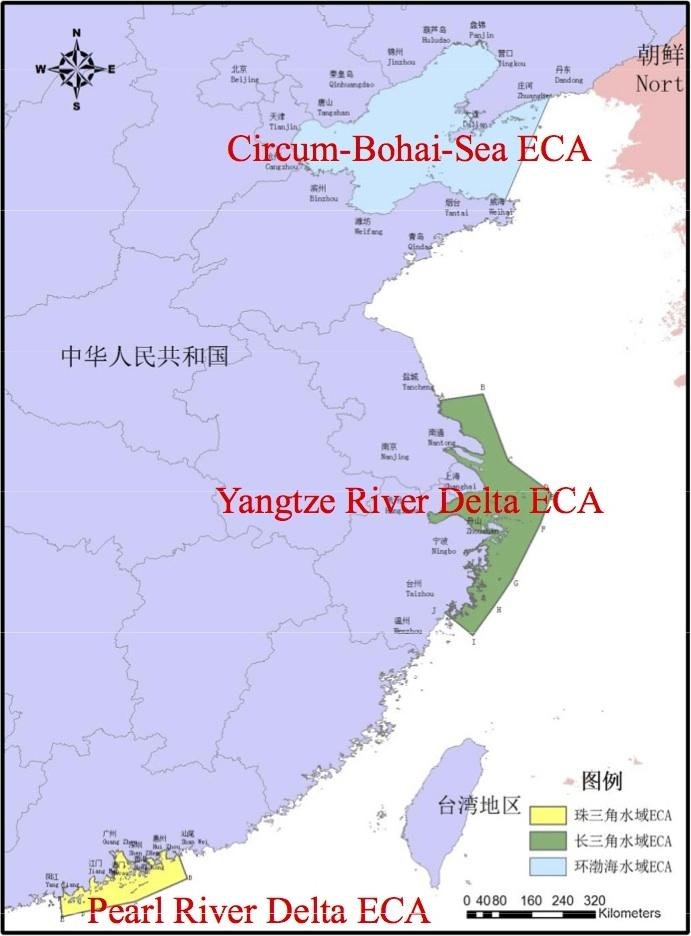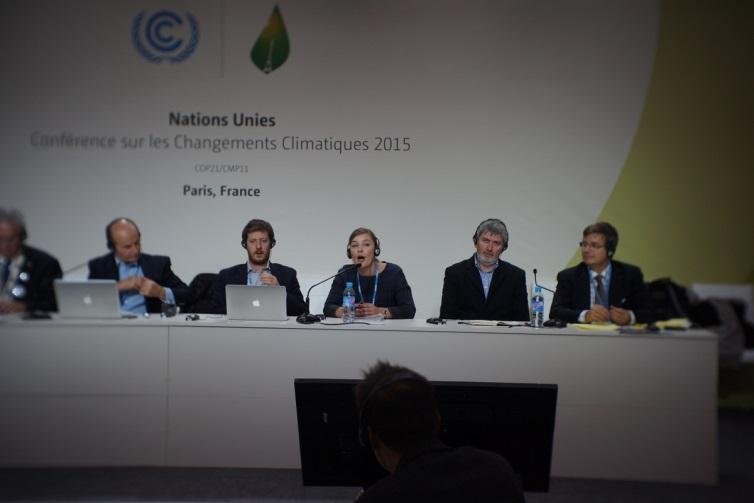Last week, China's national government took a major step towards cleaning up shipping emissions in the country, which is home to seven of the world's top ten container ports and handles 30% of the world's containers every year. China's Ministry of Transport (MOT) released an Implementation Plan for Emission Control Zones (ECZs) that lays out a roadmap to require ships calling at major mainland Chinese ports to switch to lower sulfur fuel.
Beginning on January 1, 2017, all ships calling at the eleven core ports in China will be required to use fuel with no more than 0.5% sulfur while at berth. This is a major step forward because this fuel will contain 80% less sulfur than the average sulfur content in marine fuel being used today. A year later, the at-berth fuel switching requirement will be extended to all ports in the three Chinese port regions, namely the Pearl River Delta (PRD), the Yangtze River Delta (YRD) and the Bohai Bay. These ports together handled more than one-fifth of containers shipped around the world in 2014.
 Beginning on January 1, 2019, the clean fuel requirement will be further extended to cover all ships operating anywhere within the emission control zones (ECZs) in the three port regions. These ECZs cover the territorial waters (12 nautical miles off the coastline) of the PRD and YRD, as well as the Bohai Bay. This mandate will be the first such regulation to be implemented outside the EU and North America.
Beginning on January 1, 2019, the clean fuel requirement will be further extended to cover all ships operating anywhere within the emission control zones (ECZs) in the three port regions. These ECZs cover the territorial waters (12 nautical miles off the coastline) of the PRD and YRD, as well as the Bohai Bay. This mandate will be the first such regulation to be implemented outside the EU and North America.
The plan marks a key milestone in controlling shipping emissions in China. We commend China for taking this significant step. It shows China is serious about implementing its amended Air Pollution Prevention and Control Law, which provides a clear legal mandate for MOT to set more stringent air pollution requirements for key port regions by designated them as special Emission Control Zones.
More importantly, MOT's plan does not stop there. It requires a review by the end of 2019 to determine if stricter fuel quality requirements should be imposed going forward. The options being considered include further tightening the fuel sulfur standard to 0.1% and expanding the coverage of the ECZs. If China chooses to adopt a 0.1% sulfur standard in the ECZs, it will further reduce sulfur oxide and particulate emissions. Because almost all marine fuels with 0.1% sulfur content are distillate, which burns better than the residual fuel being used today on international ships, this action would also cut down the emissions of black carbon.
Expanding the ECZs and adopting a 0.1% sulfur fuel standard, which is in place throughout North America and in parts of Europe, would have even greater health impacts. The EPA, which oversees the Emission Control Area program in the U.S., estimates that implementation will reduce particulate pollution by 74 percent by 2020 and prevent between 12,000 and 31,000 premature deaths each year across the U.S. by 2030, saving billions of dollars in health care costs.
 With the Paris climate deal still being worked out, the latest MOT plan is an encouraging sign that China has not only committed to cap the country's carbon emissions, but is also willing to consider steps to clean up air pollution from ships while curbing other climate pollutants.
With the Paris climate deal still being worked out, the latest MOT plan is an encouraging sign that China has not only committed to cap the country's carbon emissions, but is also willing to consider steps to clean up air pollution from ships while curbing other climate pollutants.
(This post was coauthored by NRDC consultant Freda Fung.)


